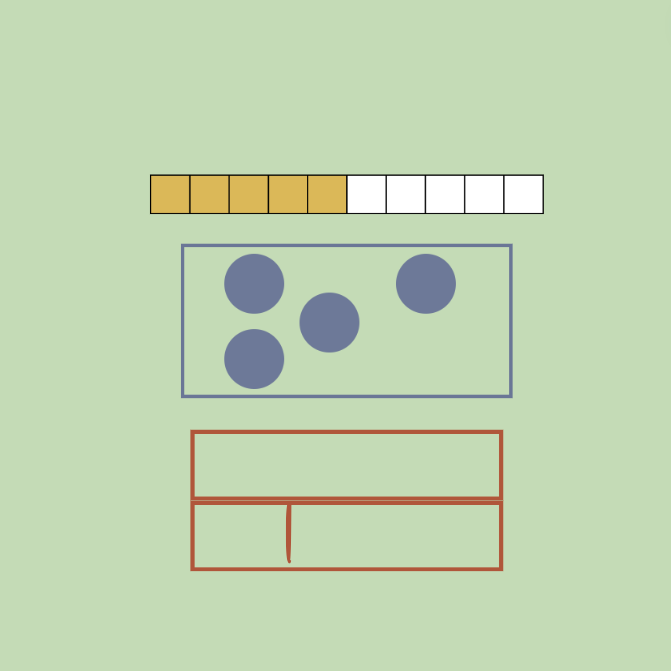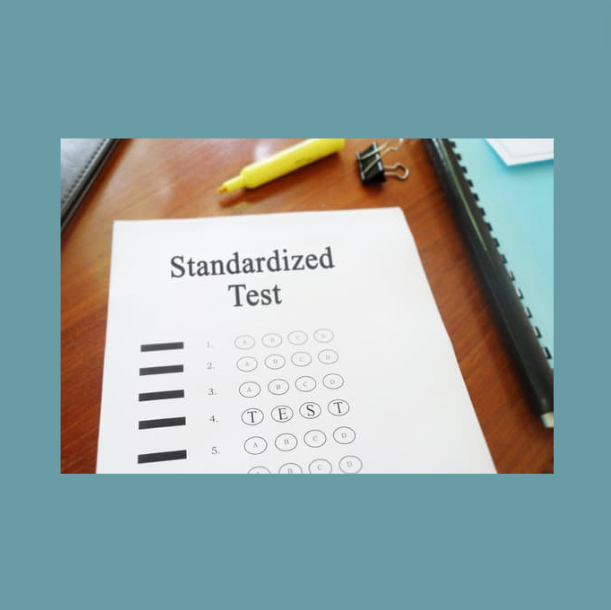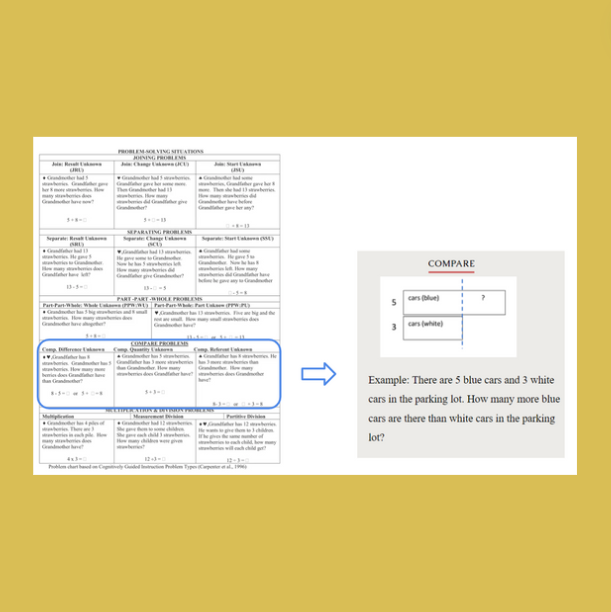
Watch Valerie Faulkner connect what students know about composing and decomposing numbers to solve with a Parts Equal Total (PET) structure.
May 29, 2024

Number stories and fractions can both be challening concepts for students to grasp. With SoE, we can scaffold to support comprehension and make difficult tasks much easier.
May 22, 2024

There’s a place for both conceptual and procedural knowledge in math classrooms. But I do have one exception to my rule.
May 15, 2024

The Concrete Representational Abstract (CRA) approach in mathematics allows all students to access content and gain deep understanding. Given that many students struggle with comprehension, particularly in number stories, let’s explore how to teach story problems using CRA. One reason students are successful when they use Structures of Equality is because it effectively integrates all […]
May 8, 2024

What is CRA and what does it look like in early math classrooms? Explore best practices for this approach.
May 1, 2024

Jasmin, a 4th grade teacher from Durham, NC, shares the highs and lows with implementing Structures of Equality in her classroom. You don’t want to miss this interview.
April 17, 2024

It’s that time of year. If you haven’t already heard people talking about end-of-the-year standardized tests and math test prep, those conversations will be picking up soon. The most common question I hear is “How can I get my kids ready for the test?” Today we’ll talk about some effective strategies to make sure your […]
April 3, 2024

What is subitizing? Have you ever noticed how quickly you can recognize the number of fingers someone is holding up? Or how many dots there are on a die? That’s subitizing (soo-bi-tiz-ing)! And it’s a critical foundational skill. This blog will cover everything you need to know about what it is, why it’s important, practical tips […]
March 27, 2024

Often it’s not a student’s ability or skill that holds them back. Fixed mindsets are prevalent and they can be really harmful. Learn how to instill a growth mindset.
February 21, 2024

Visual representations are important at all levels of mathematics. They help students see the math. And when we can visualize what’s happening within a problem, it helps us understand abstract concepts.
January 24, 2024

Number stories that include multiplicative relationships can be a challenge. The Repeated Equal Groups (REG) structure helps students understand what’s happening in the problem.
January 17, 2024

The Compare structure helps students visualize the comparison relationship that occurs in some number stories. Find out how to use it.